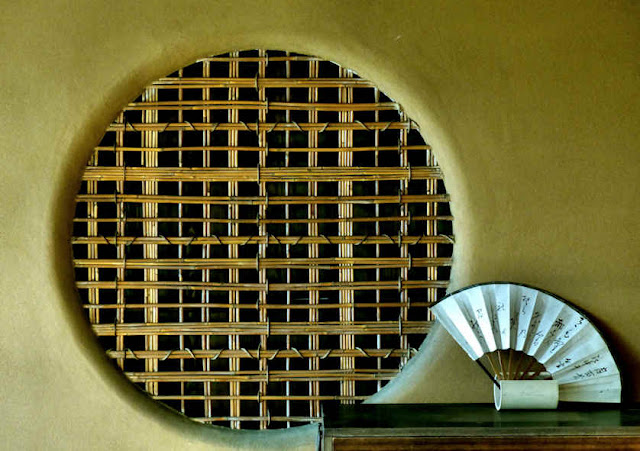Showing posts with label preservation district. Show all posts
Showing posts with label preservation district. Show all posts
Friday, March 7, 2025
Bikan Historical District After Dark
Labels:
chugoku33,
kurashiki,
okayama,
preservation district
Wednesday, March 5, 2025
Ohashi House in Kurashiki
Labels:
Architecture,
chugoku33,
kurashiki,
Museum,
okayama,
preservation district
Sunday, March 2, 2025
Gardens of the Ohashi House in Kurashiki
Sunday, May 5, 2024
Arita Historic Preservation District
The previous post in this series exploring Arita was on Hokao Shrine
Labels:
Architecture,
arita,
kyushu108,
preservation district,
saga
Subscribe to:
Posts (Atom)



































































